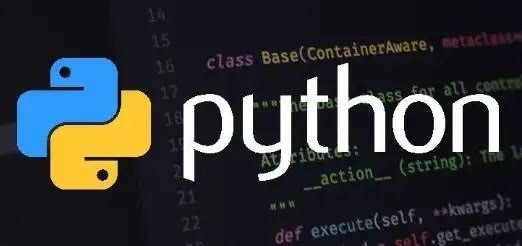The history of programming languages is a fascinating journey reflecting humanity’s evolving relationship with computers. From the low-level, machine-dependent languages of the early days to the high-level, abstract languages of today, the evolution has been nothing short of remarkable. Early languages like Assembly, representing instructions directly understandable by the hardware, laid the groundwork. These were tedious and error-prone, paving the way for the development of higher-level languages like FORTRAN and COBOL in the 1950s, designed for specific tasks such as scientific computing and business applications. The 1960s saw the rise of ALGOL, focusing on structured programming concepts, influencing many subsequent languages. The 1970s brought C, a powerful language enabling closer-to-hardware control while maintaining some degree of abstraction, and Pascal, which emphasized structured and readable code. The late 20th century witnessed the emergence of object-oriented languages like Smalltalk and C++, changing how software is designed and implemented. The rise of the internet in the 1990s led to the creation of languages like Java, designed for platform independence and web applications, and Python, gaining popularity due to its readability and versatility. Today’s landscape is rich with languages serving various niches, from functional languages like Haskell to scripting languages like JavaScript, constantly evolving to meet the challenges of increasingly complex software systems and new paradigms in computing. The future promises continued evolution, with languages adapting to the demands of artificial intelligence, quantum computing, and beyond.


Leave a Reply